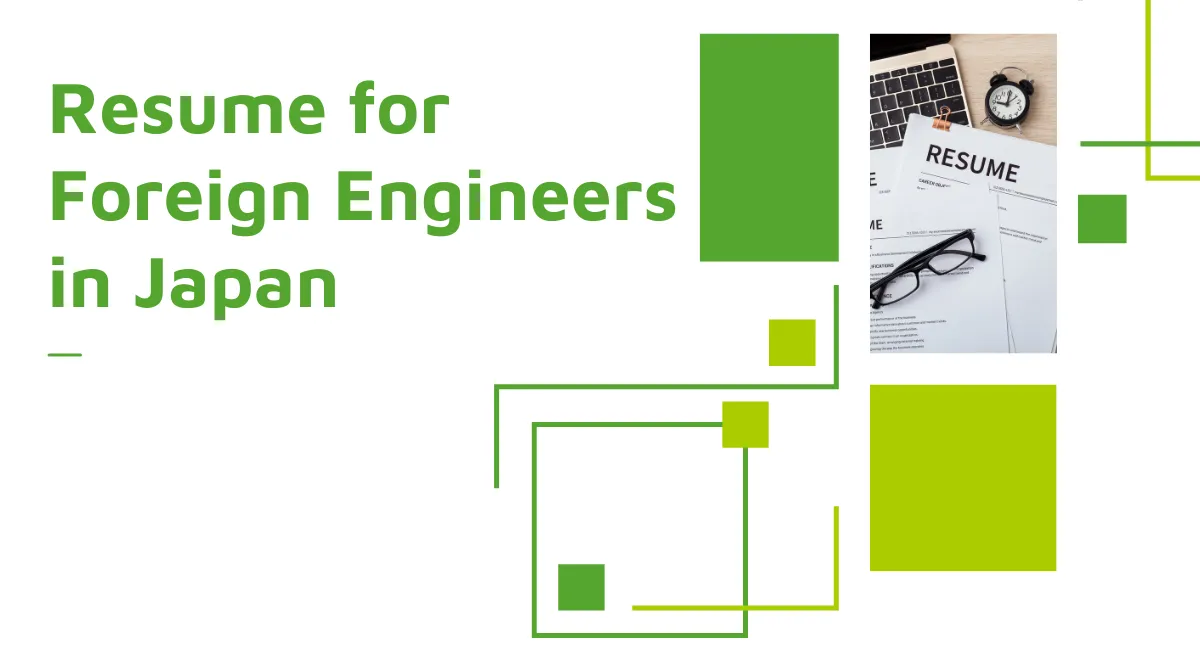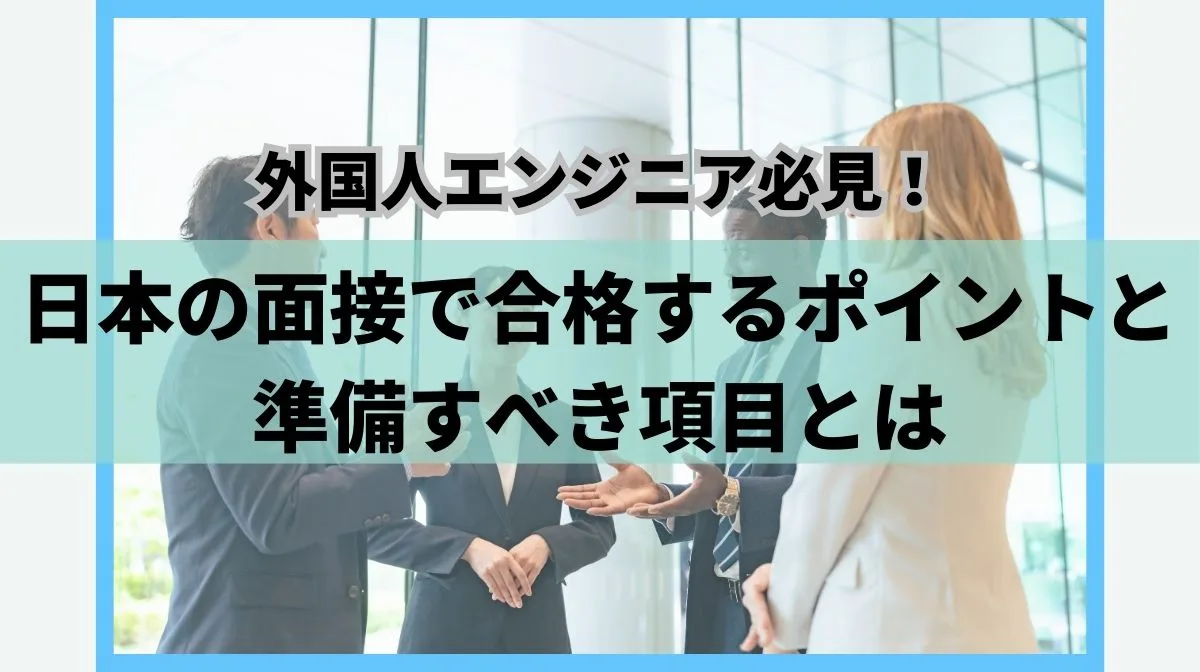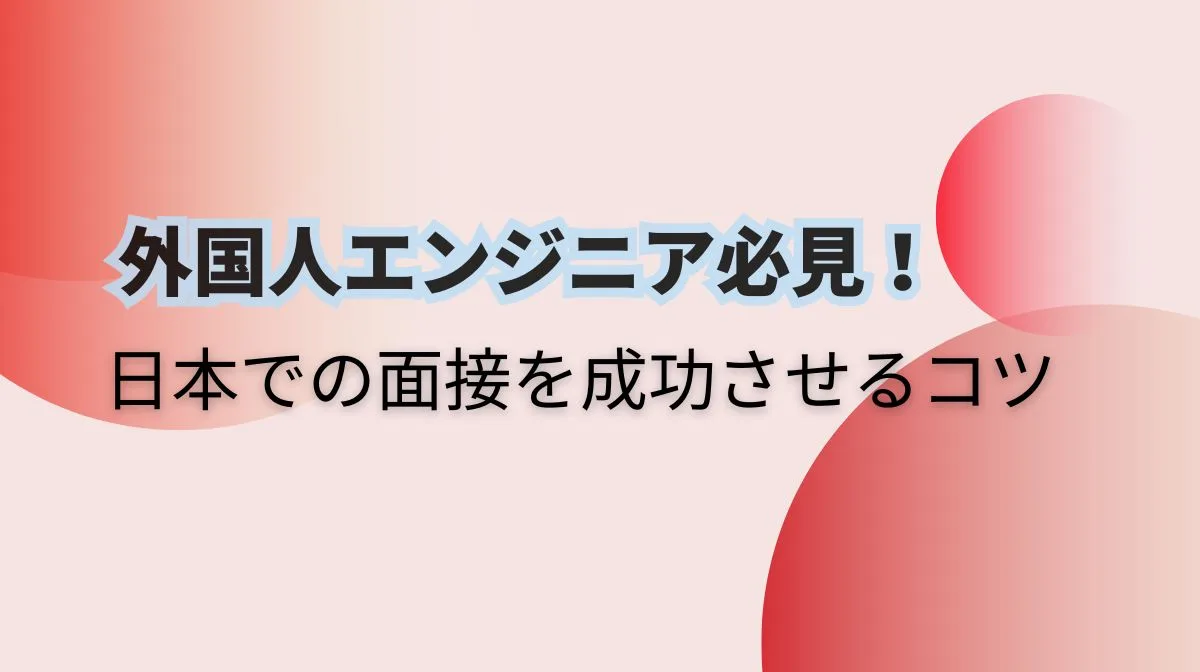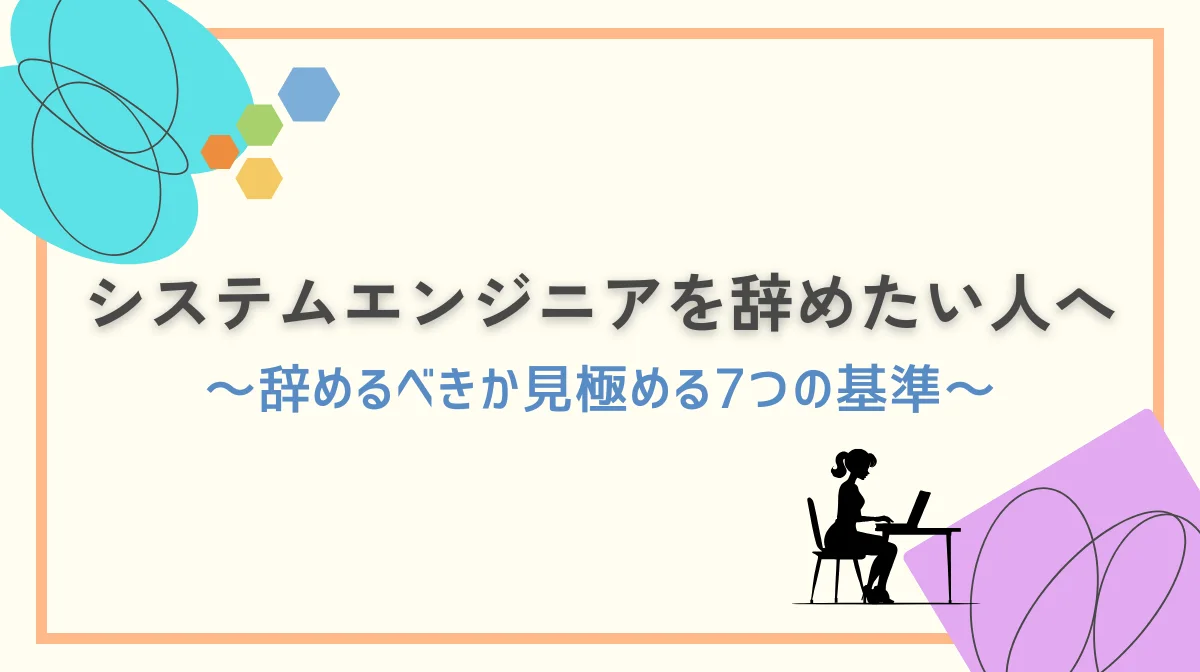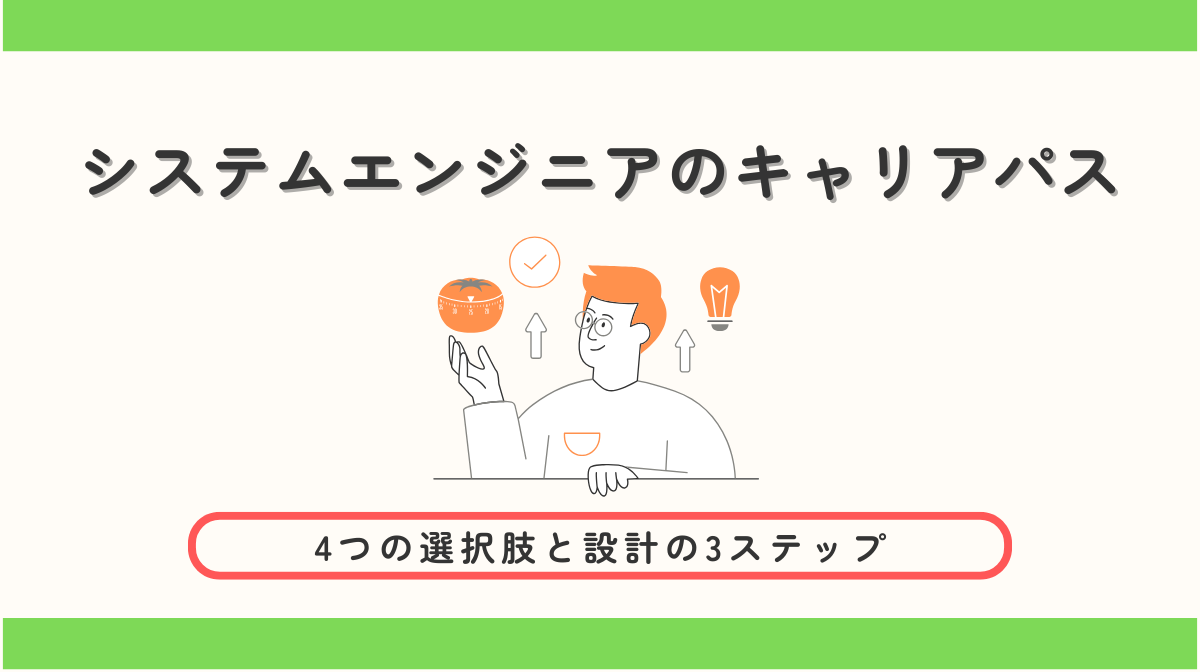In today’s increasingly globalized IT industry, understanding the differences between Japanese and international work cultures has become essential. For engineers in particular, these differences significantly impact daily operations and career development.
This article explores key cultural differences between Japanese and global workplaces, offering practical strategies for success as a global engineer.
- Japanese workplaces prioritize long-term membership and team harmony
- Global work culture values direct communication and clear job roles
- Understanding both cultures creates unique career advantages
1.The Importance of Understanding Cultural Differences

In today’s rapidly globalizing IT industry, understanding workplace cultural differences between Japan and other countries has become a crucial factor in engineering career development. The ability to understand and appropriately respond to cultural differences can determine success as a global engineer.
Cultural competency goes beyond mere language skills or technical abilities. It encompasses the comprehensive capability to work effectively with people from different cultural backgrounds, including
- Understanding intentions beyond language
- Interpreting non-verbal communication
- Responding appropriately to cultural contexts
- Adapting to different values and work styles
The impact of cultural understanding on career development is substantial. Strong cultural competency can increase leadership opportunities within teams and enhance problem-solving capabilities in cross-cultural environments.
Conversely, a lack of cultural understanding can lead to communication barriers, misunderstandings in performance evaluations, and missed career advancement opportunities.
2.Fundamental Differences in Work Approach
Japanese and global work environments exhibit significant differences in basic work philosophies and values. Understanding these differences is crucial, particularly for IT engineers working in Japan.
Employment Systems: Membership vs. Job-Based
| Japanese Membership-Based System | Global Job-Based System |
|---|---|
| Flexible job scope with unclear boundaries | Clearly defined job responsibilities |
| Focus on long-term employee development | Emphasis on immediate expertise and results |
| Regular job rotations common | Focus on specific skill specialization |
| Values organizational adaptability | Values specific expertise and immediate contribution |
Performance and Seniority
The contrast between performance-based and seniority-based systems significantly impacts IT engineers’ career strategies. Japanese evaluation systems typically factor in length of service, with gradual promotion systems being common. Team performance is emphasized, and long-term contribution is valued.
In global environments, compensation structures typically reflect skills and performance, with market value driving salary determinations. Individual contributions are emphasized, and short-term performance evaluations play a crucial role.
■日本でエンジニアとしてキャリアアップしたい方へ
海外エンジニア転職支援サービス『 Bloomtech Career 』にご相談ください。「英語OK」「ビザサポートあり」「高年収企業」など、外国人エンジニア向けの求人を多数掲載。専任のキャリアアドバイザーが、あなたのスキル・希望に合った最適な日本企業をご紹介します。
▼簡単・無料!30秒で登録完了!まずはお気軽にご連絡ください!
Bloomtech Careerに無料相談してみる
3.Communication Style Differences

Communication style differences represent one of the most prominent cultural variations in global work environments. For IT engineers, effective communication is crucial for project success and team collaboration.
Japanese communication tends to be context-dependent and indirect, emphasizing organizational harmony. Global communication styles typically favor clear, direct expression with explicit yes/no responses and value logical explanation and constructive disagreement.
For IT engineers in global environments, success requires strong technical documentation and presentation skills, along with the ability to communicate effectively across cultures both online and in person. Key competencies include active listening, providing constructive feedback, and adapting communication styles to different cultural contexts.
4.Work Style and Time Management
Work style and time management philosophies differ significantly between Japanese and global workplaces, directly impacting productivity and work-life balance for IT engineers.
Work-Life Balance Perspectives
Japanese workplace environments often feature
- Embedded culture of long working hours
- Normalized overtime and weekend work
- Strong prioritization of work commitments
- Emphasis on team progress
Global workplace environments typically emphasize
- Efficiency-focused time management
- Protected personal time
- Clear work-hour boundaries
- Balance between professional and personal life
Flexible Work Arrangements
Flexible work arrangements vary in
- Core time requirements
- Self-management expectations
- Time management responsibilities
- Productivity evaluation criteria
Remote work practices differ in
- Implementation scope
- Communication tool utilization
- Performance evaluation methods
- Team collaboration approaches
■日本でエンジニアとしてキャリアアップしたい方へ
海外エンジニア転職支援サービス『 Bloomtech Career 』にご相談ください。「英語OK」「ビザサポートあり」「高年収企業」など、外国人エンジニア向けの求人を多数掲載。専任のキャリアアドバイザーが、あなたのスキル・希望に合った最適な日本企業をご紹介します。
▼簡単・無料!30秒で登録完了!まずはお気軽にご連絡ください!
Bloomtech Careerに無料相談してみる
5.Evaluation and Feedback Differences

Performance evaluation and feedback approaches vary significantly between Japanese and global contexts. Understanding these differences is crucial for career development in Japanese companies.
Performance Evaluation Criteria
| Japanese Systems | Global Systems |
|---|---|
| Emphasize process over results | Focus on measurable outcomes |
| Value team contribution | Emphasize individual achievement |
| Consider long-term growth potential | Value short-term goal completion |
| Conduct comprehensive capability assessments | Prioritize technical expertise |
6.Team Culture Differences
Team operations and decision-making processes differ substantially between Japanese and global environments. Understanding these differences is essential for effective team collaboration.
Japanese approaches typically feature bottom-up consensus building and careful consideration processes, while global approaches often employ top-down decision-making with swift execution. These differences directly impact project pace and outcomes.
7.Career Development Differences
Career development approaches vary substantially between Japanese and global contexts, and understanding these differences is essential for IT engineers with global career aspirations.
Skill Development and Career Path Perspectives
Career development approaches vary significantly between Japanese and global contexts. Japanese approaches emphasize internal development and generalist growth, while global approaches focus on self-directed learning and specialist expertise.
Differing Views on Job Changes
Japanese and global attitudes toward job changes differ significantly. Japanese culture strongly values long-term employment and stability, with career development typically occurring within one company.
In contrast, global environments emphasize career mobility and opportunity maximization, where frequent job changes and building diverse skill portfolios are the norm. These cultural differences require careful consideration when planning career moves in Japan.
8.Strategies for Success as a Global Engineer in Japanese Companies

Success as a global engineer requires understanding and leveraging cultural differences. Key strategies include
- Building cultural adaptation skills through continuous learning
- Staying current with both global and Japanese technical trends
- Participating in international projects and multinational teams
- Developing cross-cultural problem-solving abilities
- Integrating Japanese strengths with global standards
Japanese corporate strengths include attention to detail, quality focus, team coordination, and long-term problem-solving approaches. Success comes from combining these with direct communication skills, unique value propositions, and flexible work practices.
9.Conclusion
Understanding cultural differences can become a significant advantage for global engineers. By effectively combining global standards with Japanese approaches while maintaining individual strengths, engineers can create unique value propositions. Continuous learning and practical application are essential for growth as a truly global professional in today’s engineering landscape.
▼Related reading
Guide to Japanese-American IT business culture success.








